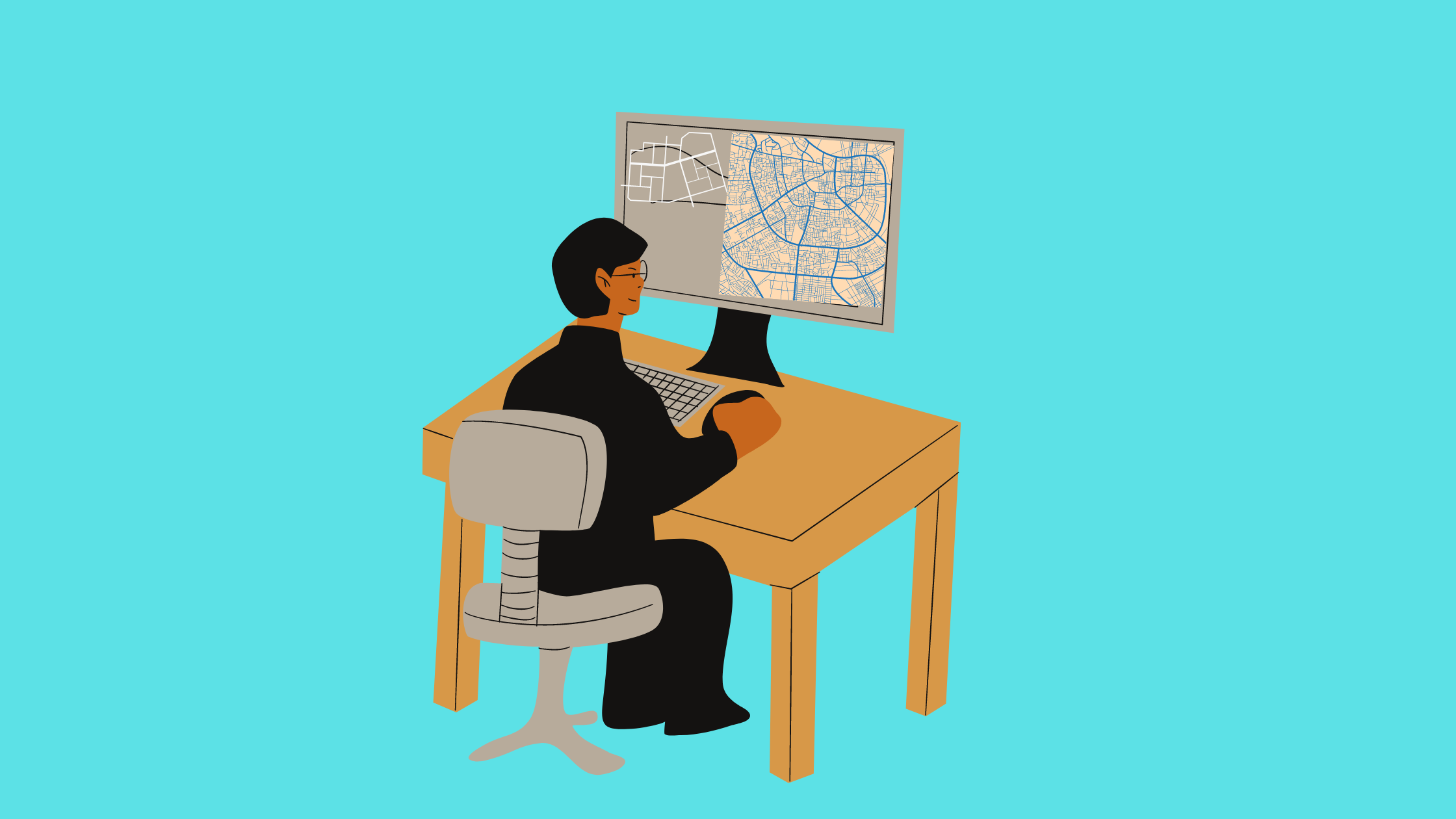Software Developer to GIS Developer: A roadmap to learn GIS with existing skills

Here is a post to explain a watered-down approach to becoming a GIS developer. Good news if you already have previous experience as a developer you will have most of the skills needed to become a GIS developer. However, don't get too happy, there is more to learn.
GIS Fundamentals
To start, getting to know GIS fundamentals will be the first step. The best way to do this is to read an overview of GIS. There are many free resources online from books to videos. It also helps to brush up on math skills mostly geometry and trigonometry since it does come up. As long as you know the core concepts of GIS, you can continue along your journey. Here are a few GIS concepts to know:
- Data Models - Raster and Vector
- Map projections
- Coordinate systems
Programming and tools
The main programming language that is used in GIS development is Python. JavaScript can be used when building web GIS applications. If you know Python, you are good to go. As for databases, SQL is a no-brainer. Relational databases such as PostgreSQL have PostGIS, which adds support for geographic objects.
The two main players in the GIS software space are ESRI's ArcGIS and QGIS. A major difference is ArcGIS is proprietary, meaning you have to pay for a license to download it and QGIS is free and open source. ArcGIS is the industry-leading software that most companies use. QGIS is a good alternative even though it comes with a slightly steep learning curve.
Web GIS
There are many GIS web APIs to build web applications and they are more convenient than desktop GIS software. Web GIS platforms:
An additional skill in GIS is data analysis. Having previous data analyst experience will make you stronger. Geospatial data will have to be analyzed and presented to the audience. The field of GIS will continue and the demand will increase, having existing IT skills can give a candidate a competitive edge.
